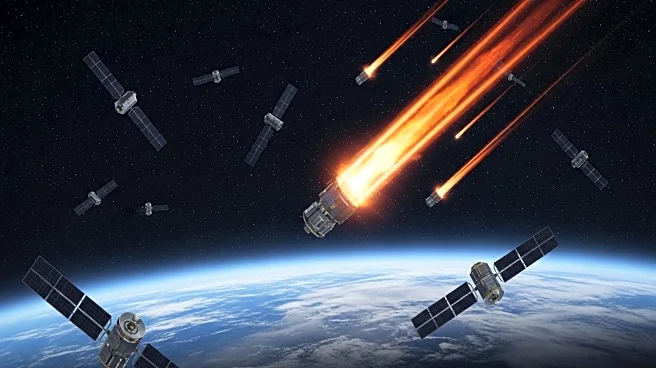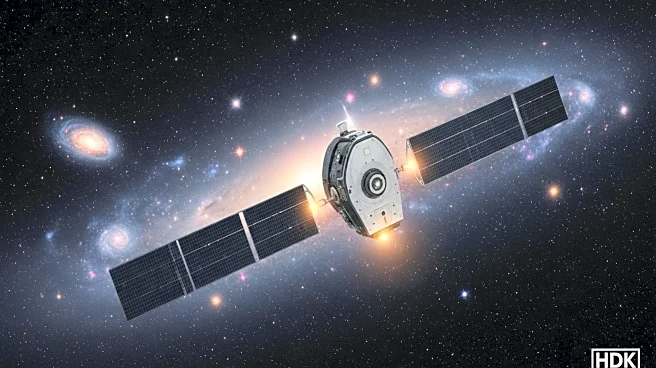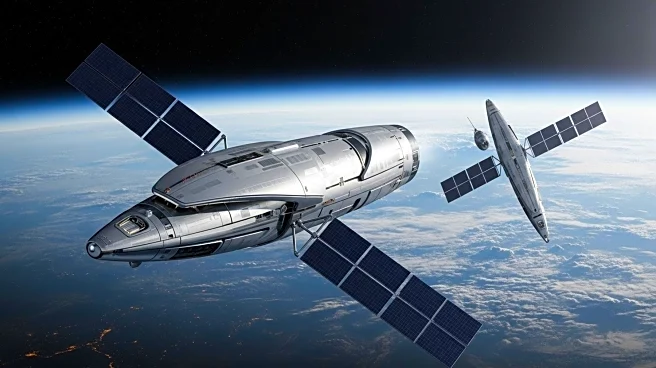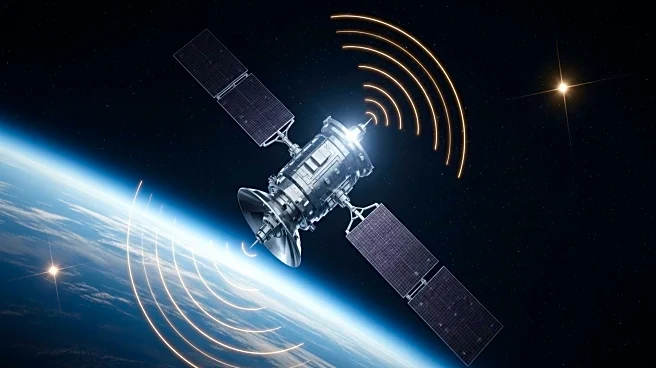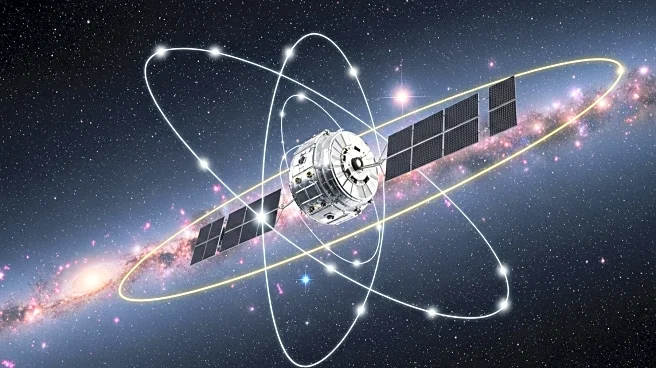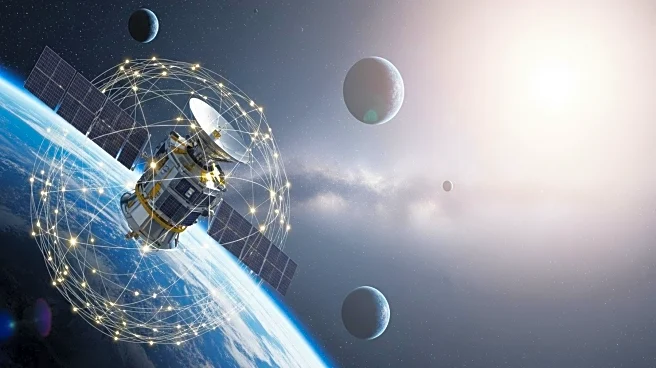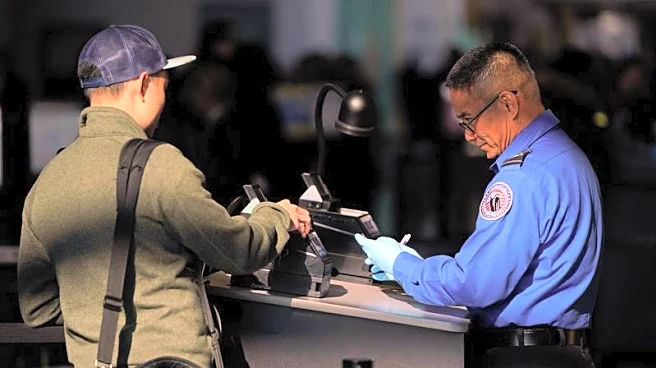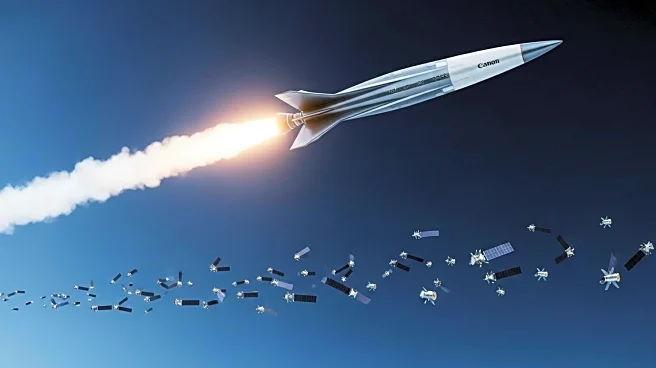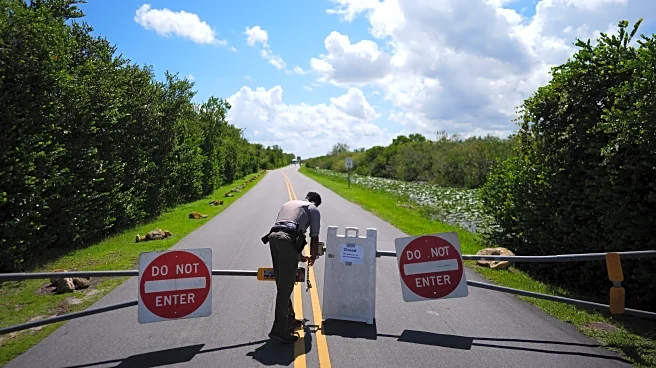What is the story about?
What's Happening?
Starlink satellites are increasingly reentering Earth's atmosphere, creating fiery trails visible in the sky. According to retired Harvard astrophysicist Jonathan McDowell, about one to two Starlink satellites fall back to Earth daily, with the number expected to rise to five per day. This trend is attributed to the growing number of satellites in Low Earth Orbit (LEO), including those from Amazon Kuiper and other US satellite clusters. McDowell estimates that soon there will be over 30,000 LEO satellites, with Chinese systems adding another 20,000. These satellites typically have a five-year replacement cycle, leading to frequent reentries.
Why It's Important?
The increasing frequency of satellite reentries poses potential risks to Earth. While most satellites fall back harmlessly, uncontrolled reentries could lead to injuries or fatalities. The Federal Aviation Administration warns that by 2035, falling debris could injure or kill a person every two years. Additionally, the density of LEO satellites raises concerns about Kessler syndrome, where collisions produce debris, leading to more collisions. This scenario could threaten satellite operations and space exploration efforts.
What's Next?
As satellite reentries become more common, regulatory bodies may need to implement stricter guidelines for satellite deployment and reentry procedures. The space industry might focus on developing technologies to ensure controlled reentries and minimize risks to Earth. Researchers will likely continue monitoring satellite reentry patterns and assess the long-term impact on space traffic management.
Beyond the Headlines
The situation highlights the need for international cooperation in managing space debris and ensuring sustainable satellite operations. Ethical considerations arise regarding the responsibility of satellite operators to prevent harm to Earth and its inhabitants. The growing number of satellites also underscores the importance of advancing space traffic management systems to prevent collisions and maintain safe operations.
AI Generated Content
Do you find this article useful?
